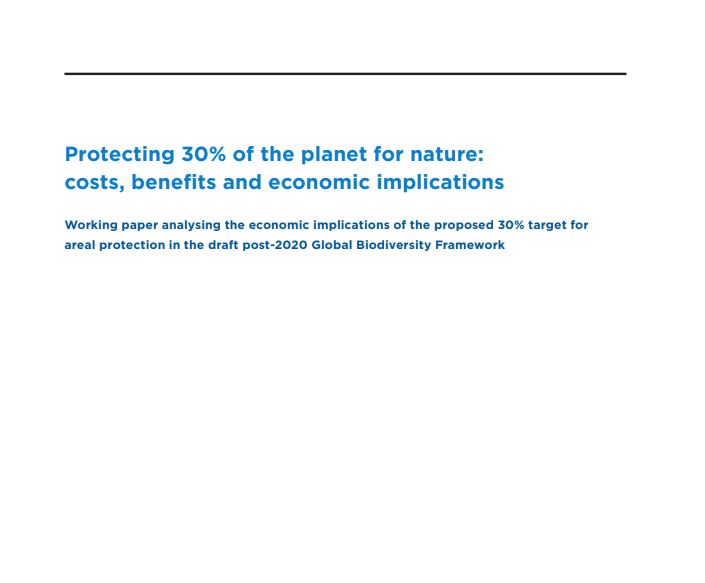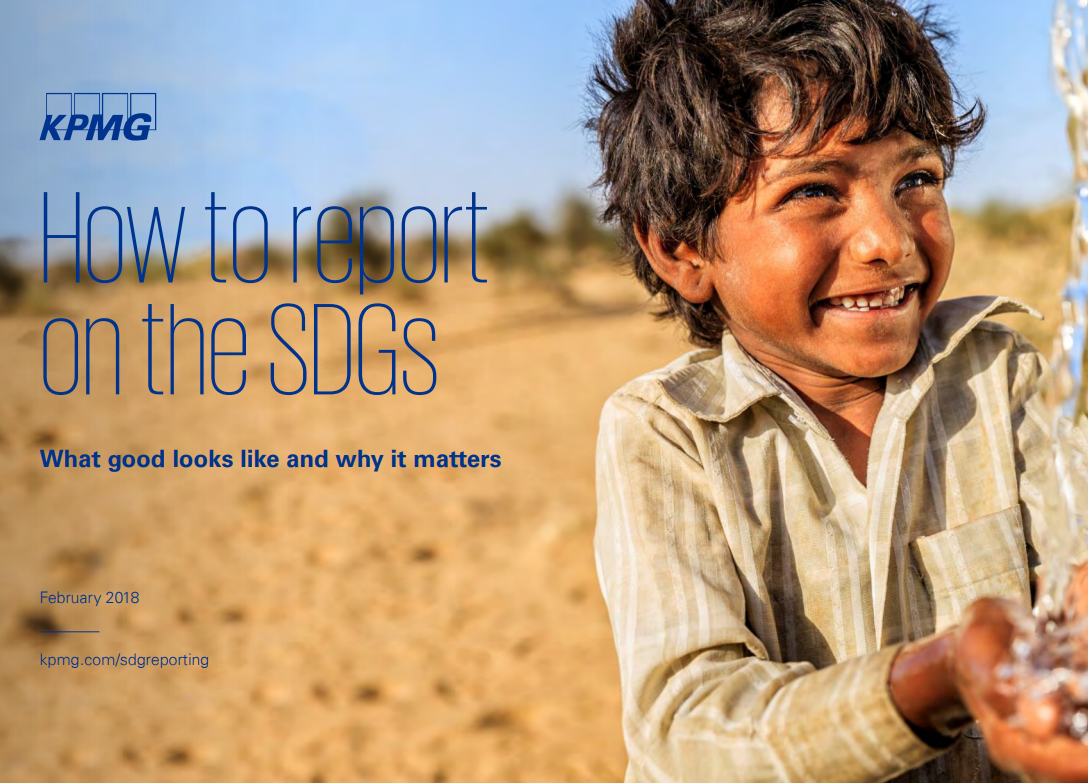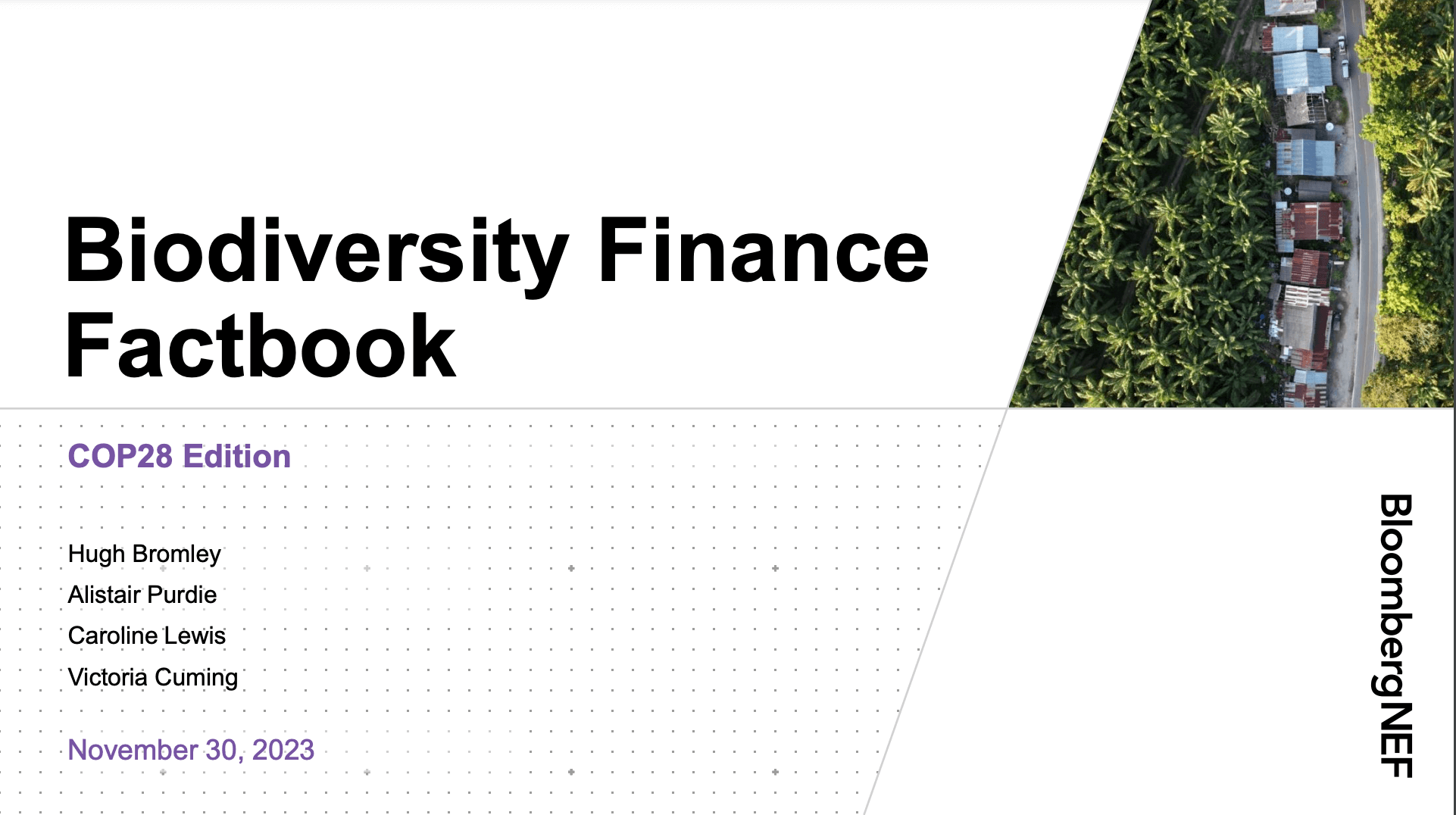Biodiversity Finance Factbook COP28 Edition
Detalles
| Financial flows aimed at nature preservation and restoration have failed to come together in the year since the Global Biodiversity Framework was agreed in December 2022. Significant funding from the public and private sectors will be required to achieve the goals agreed in Montreal. This Biodiversity Finance Factbook aims to initiate and frame discussions on current financial flows, prioritization of finance, and how to achieve this. The COP28 edition of the Biodiversity Finance Factbook updates our initial analysis published in the first half of 2023. Where possible, the data has been updated to show the progress made in 2023. Current financial flows for biodiversity amount to about USD 166 billion per year, with the largest share of national government spending. According to estimates, a six-fold increase is needed by 2030. The expenditure required is about one-seventh of the annual cost of building a net-zero emissions energy system and is far less than the anticipated economic costs of biodiversity loss: conservative estimates indicate that global GDP will shrink by USD 2.7 trillion per year by 2030. About 73% of the sum needed by 2030 goes to sustainably manage productive landscapes and seascapes, representing the largest amount allocated to the agricultural sector's transition to conservation practices on farmland. |
Recursos relacionados


Effective Nature Work. Lessons learned and experiences from the pilot
This publication brings together the experiences and lessons learned from project participants in the pilot of science-based targets for nature.…



